If you’re new to the Charlotte Mason method of education, one of the things that you will undoubtedly hear often is the term “living books.”
Charlotte Mason believed that children can understand more than we often give them credit for, and that their imaginations come alive best when they are put in the way of literary works. This is the reason why she advocates the use of “living books.”
What are Living Books?
To put it simply, living books are books written by authors who are passionate about a subject, and who write with an engaging tone and excellent quality. This results in a book that is full of ideas that capture the imagination.
Living Books vs Textbooks vs Twaddle
To help you understand living books better, see how they are contrasted with the following other types of books, which we veer away from in our homeschool:
- Textbooks: These are generally written by a person or group of people assigned to compile information about a subject. Because the authors may not necessarily be passionate about the topic, these tend to become a compilation of “dry” facts, which students are expected to memorize.
- Twaddle: This is a term that Charlotte Mason used to refer to books that talk down to children, or are essentially “dumbed down.” Although they may be disguised in the form of stories, they are boring to read or listen to.
This means that, instead of the textbooks we are so used to from our own school experience, children educated with a Charlotte Mason philosophy instead get to enjoy excellently-written stories.
For example, instead of a book full of dates and facts for history, they get to read biographies of people who were instrumental during that time period. Or, they also read about events told in a way that stirs up their imagination and helps them assimilate it into their hearts.
Instead of memorizing the parts of speech, memorizing spellings, and learning how to form a sentence in the early years of school, they get exposed to plenty of excellently-written books that awaken their minds to the powers of language. By the time they need to spell, they’ve seen most words countless times and can usually recall the correct spelling.
Examples of Living Books
While it’s impossible to list down every possible living book, I think giving you some examples can help get you started, no matter what age your children are, or even if you want to read them yourself to get a “feel” for it.
If you want to try a picture book, check these out:
- Mike Mulligan and his Steam Shovel (and other books) by Virginia Lee Burton
- Caps for Sale by Esphyr Slobodkina
- Alfie (and other books) by Shirley Hughes
- The Story About Ping by Marjorie Flack
- The Very Hungry Caterpillar (and other books) by Eric Carle
- Corduroy (and other books) by Don Freeman
- The Tale of Peter Rabbit (and other books) by Beatrix Potter
- Blueberries for Sal (and other books) by Robert McCloskey
For chapter books, try these for yourself or for reading with an older child:
- Just So Stories (and other books) by Rudyard Kipling
- The Secret Garden (and other books) by Frances Hodgson Burnett
- The Chronicles of Narnia by C.S. Lewis
- Five Children and It (and other books) by Edith Nesbit
Of course, these are just a sampling of the many living books out there for our children to enjoy. Check out our blog posts for more book recommendations and book lists.












